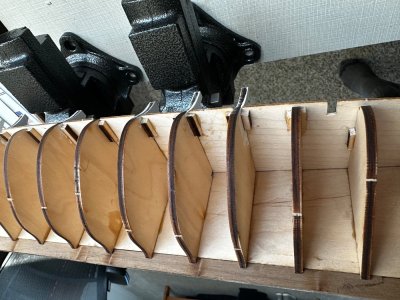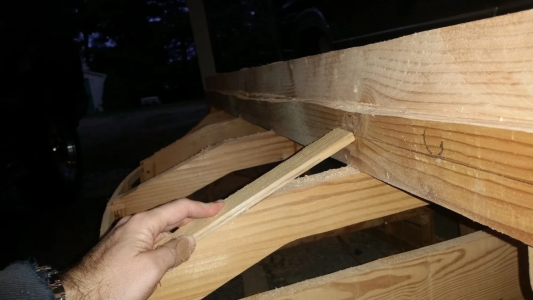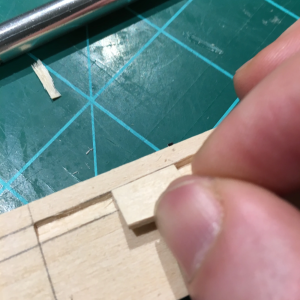- Joined
- Apr 7, 2025
- Messages
- 10
- Points
- 8

I’m working on a Mamoli Surprise, my very first project and as wonderful a meditative experience as I’ve ever found. I’ve read and re-read the planking handbook, but I’m nervous about cutting my rabbet into the keel.
The handbook assumes the rabbet is cut before the keel is placed, but nobody told Mamoli and they have the frames coming down well onto the keel. I’ve drawn my bearding line (in pencil) but I’d be very grateful for tips on this delicate procedure.
Thanks,
Shawn

The handbook assumes the rabbet is cut before the keel is placed, but nobody told Mamoli and they have the frames coming down well onto the keel. I’ve drawn my bearding line (in pencil) but I’d be very grateful for tips on this delicate procedure.
Thanks,
Shawn
















